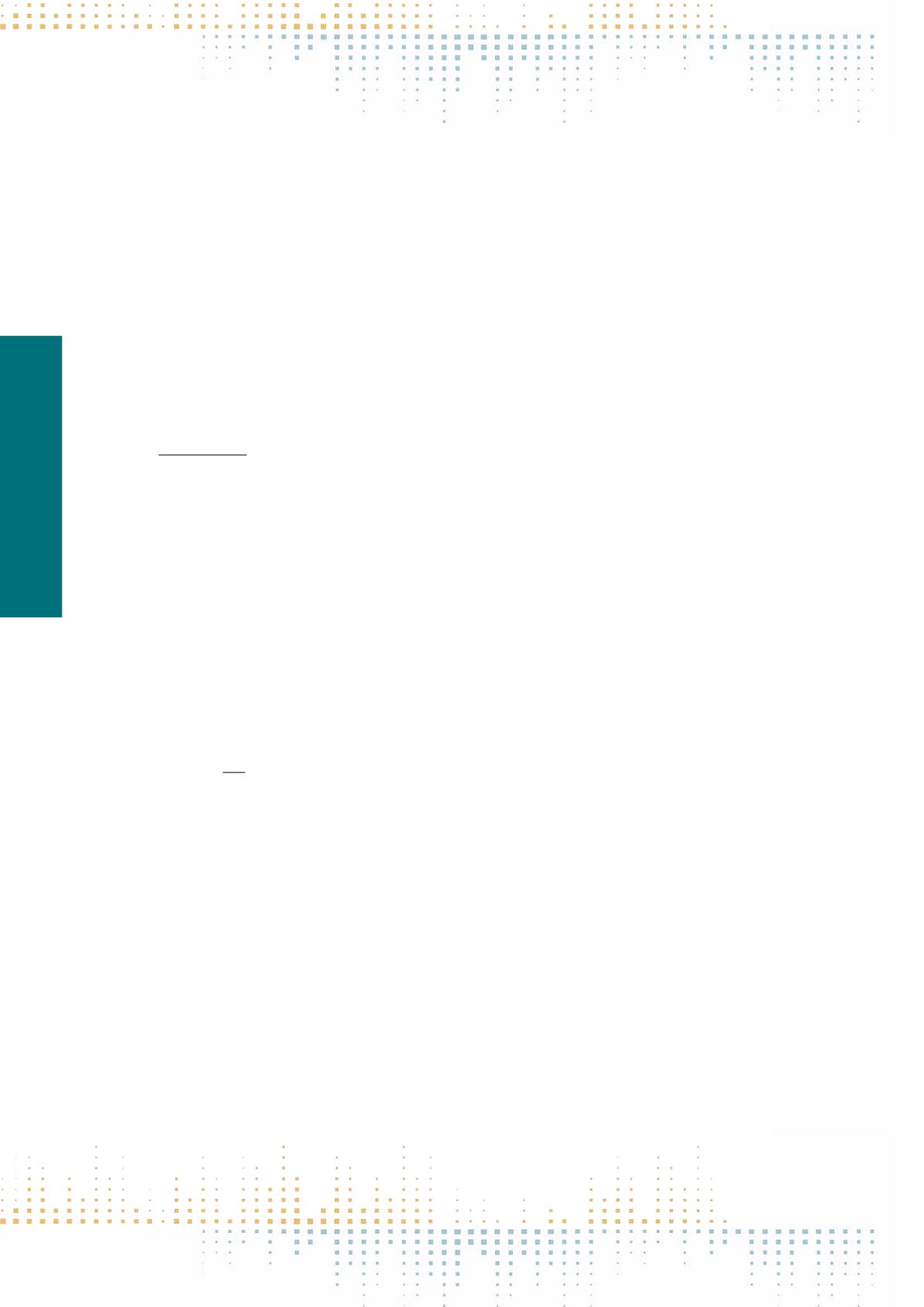

600
Saturday, November 12
1 1 : 0 0 – 1 2 : 3 0
accompanied by the creation of an hashtag, #ciaoNetflix; lastly with a carefully prepared launch, which included interviews and press conferences, photo
opportunities with international actors from its flagship series, an exclusive party, and as usual an important one-month-for-free commercial offer for new
subscribers. On the other hand, however, at the same time Netflix’s late arrival was inserted into a complex media scenario, in constant transformation, and
into an already established on-demand national market, with both telcos and broadcasters already operating their own services, with some differences
in their approaches to library and business models: TIMvision (operated by Telecom Italia/Tim), Infinity and Premium On Demand (part of the Berlus‑
coni-owned Mediaset galaxy), and Sky Online and Sky On Demand (stemmed from pay-tv operator Sky Italia) were already in service and provided some
perks of non-linear programming to a small but loyal customer base. Mainly adopting a media industries and production studies approach, the contribu‑
tion reconstructs a single case history, Netflix’s arrival in the Italian media scenario, focusing both on the promotional discourse and its rhetoric and on
the technical and industrial challenges for the service. On one side, the analysis will be made on direct actions from Netflix (i.e. social media, advertising
campaigns, PR and communication), as well as on the indirect discourses developed by Italianmedia outlets, in search of advertising logics and trade rituals.
On the other side, an overview of the complexities of the Italian market, despite the revolution rhetoric, will be made: i.e. an already established compe‑
tition, a limited customer base, the film and TV series distribution licenses already sold by majors and the subsequent limitations in the Italian catalogue.
Therefore, the speech intends to give a more deep and complex view of the Netflix phenomenon in the Italian media and television system, highlighting
the hype and praise, while at the same time revealing how such a point of view intends to hide and “forget”other important characteristics of the service,
as well as of national media industry and TV audience.
PN 286
Battle for the Leadership on the On-line Video Business: The Case of Netflix and Movistar in the Spanish Market
J. Izquierdo Castillo
1
1
Universitat Jaume I, Dpto. Ciencias de la Comunicación, Castellón de la Plana, Spain
Streaming has changed the video business. On line content distribution is becoming the most powerful unit in the value chain and digital players are
competing to get the best position in the market. This market encompasses worldwide and competition is getting more difficult as very different factors are
involved. In this scenario, new players become leaders with disruptive models. It is the case of Netflix, which dominates both domestic and international
markets, with its business model. This is focused on three key areas: its monetization formula, the use of big data applied to business and content produc‑
tion. Meanwhile, old players tried to preserve their business model based on analogic structures, no longer valid for audiences in the convergent scenario.
So many of them have jumped into the on line logic and present strong competition to new players as Netflix. This competition concerns, however, leading
with interdependency and synergic relationship among competitors. But it also opens a field of discussion about the lack of regulation for on line market
development. This paper analyse this phenomenon on the case study of Netflix and Movistar (Telefonica) in the Spanish market. The election of the case
study is motivated by its singularities: (a) the later incorporation of Netflix into the Spanish market, which let Movistar consolidate its position as a strong
competitor; (b) the hegemonic position of Movistar as the main Internet Service Provider in the country; (c) the difficulty of consolidation in a context char‑
acterized by strong piracy consumption and a reduced market for paid content. Methodology combines literature revision and qualitative and quantitative
data provided by secondary sources.The results try to devise the course of action for a market consolidation, attending to the main conflicts of interest.These
conflicts are gathered as negotiations for supplying content and, mainly, as net neutrality issues derived from the traffic data.
PN 287
National Cinemas and SVOD Services: The Case of Netflix in UK and Italy
S. Baschiera
1
, V. Re
2
,
1
Queen’s University, Belfast, Ireland
2
Link Campus University, Rome, Italy
The purpose of this paper is to analyse the ways in which the question of national screen production emerges in SVOD services, looking in particular at
the case of Netflix in UK and Italy. In 2010 Netflix began to offer its streaming services internationally, starting with Canada, in a series of expansions
necessary to meet a business plan based on the constant growth of the consumers base as it is evident from 2010 communications with its shareholders.
One of the first issues of the expansion regarded the need to offer a catalogue able to meet the demand of different Countries, in particular non¬English
speaking ones. Based on these premises, our paper will look at the different categorisation of the online catalogue of Netflix in UK and Italy in order to
discuss the different ways in which the question of “national” emerges in the different markets, thus allowing to renew the reflection on the hegemonic
nature of of US productions in different distribution venues and the minor albeit still crucial role played by national cinema as cultural identifier. Finally, our
presentation will discuss how the question of“national”emerges in different SVOD services available in the same country. Looking, for instance at the Italian
context, the paper will compare Netflix’s catalogue with the online offer provided to the Italian audience by other main SVOD platforms such as Infinity and
Sky Online.



















